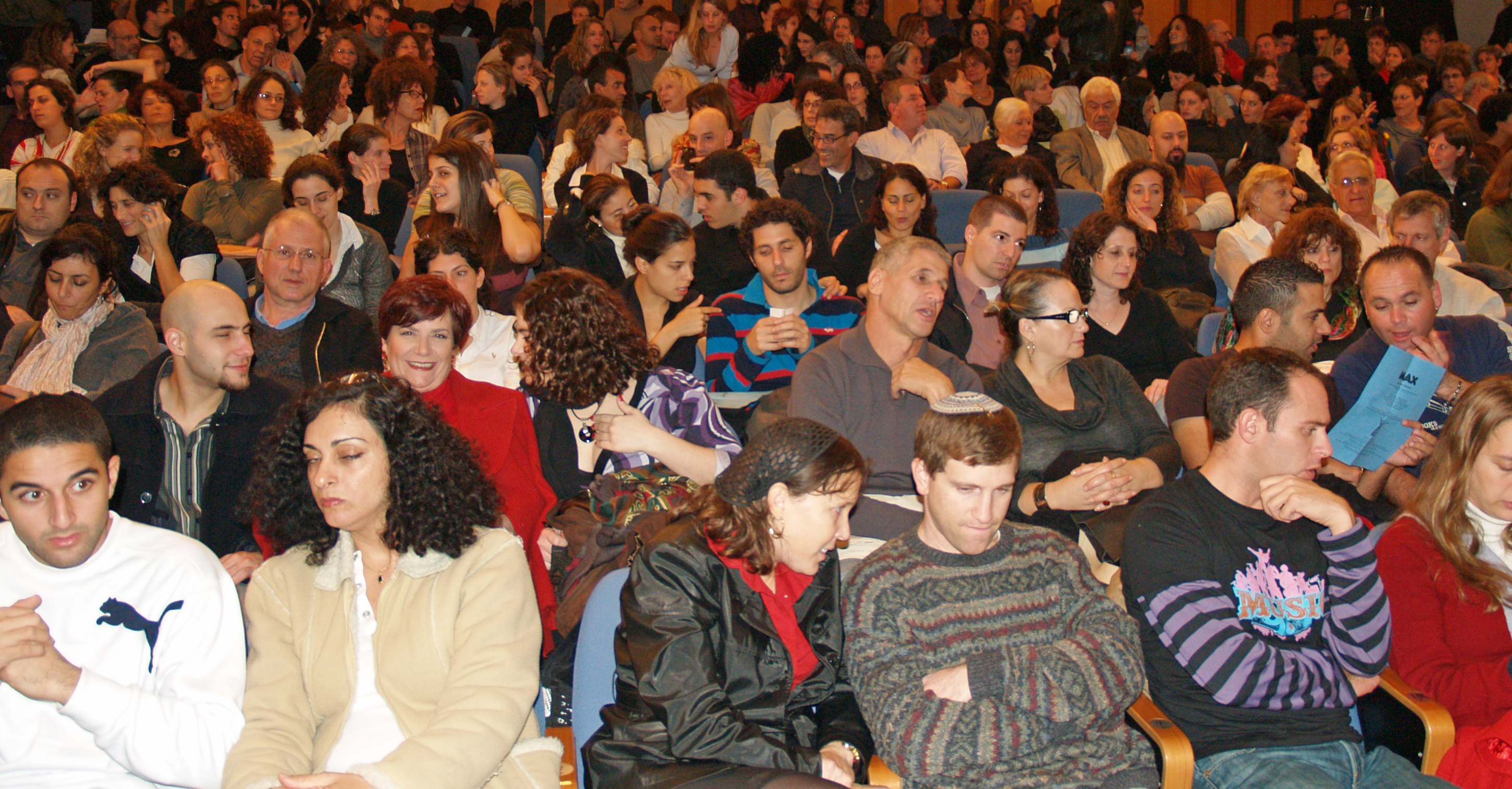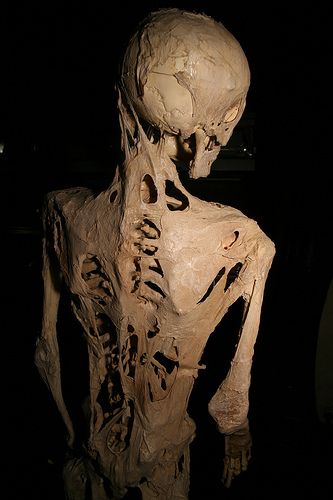 |
| Forest Wander. "Seneca Nature Trail" 2008 Public Domain |
- This type of argument is most like the style I will use for my project. If I mention my side on the issue and counter the opposing side's position with data and reason, I will make this style more effective.
- If I merely state my position for no apparent reason, I may lose credibility as an author or the argument may seem brash, unsupported, or whimsical.
Casual Argument
- A casual argumentation style may no be appropriate for the topic of my project especially when the argument deals with healthcare and illness treatment. Also, the origins of this issue will be too difficult to determine, so the idea that the argument will be this steady ride between point would be ridiculous since I will need to call upon multiple sources from different areas and statements from different doctors.
Evaluative Argument
- There exist plenty of solutions for this issue, but most involve a political agenda; therefore, the objectivity of the argument may be rather flawed. Also, the solutions that do exist are rather vague, so a evaluation of these solutions will be too broad to form an argument.
Proposal Argument
- I do want to present a possible solution to the issue based on the position I take of the existing facts.I could draw upon the principles and ideas from both parties in order to create a cohesive proposal that can be agreed upon by both parties. However, the proposal created will most likely be more favorable towards the Pro-sequencing ideologies.
Refutation Argument
- I could directly address the Opposition's ideologies and arguments so that I can point out the loop holes in their theories/opinions in contrast to hard facts. I could directly refute the opposition entirely, then present my argument proving that the opposition is wrong on this issue, and then propose a solution in the form of a Pro-sequencing proposal.
Reflection:
After reading the posts made by Mehruba and Nick, I feel more confident in using the refutation argument style and the proposal style. This is due to the context of my debate, that being the fact that the issue revolves around a scientific dispute. In order to best discredit the opposition would be to point out the flaws in their position and then propose a better solution to the issue that is more favorable to the position I want to impose onto the reader.


















.jpg)


